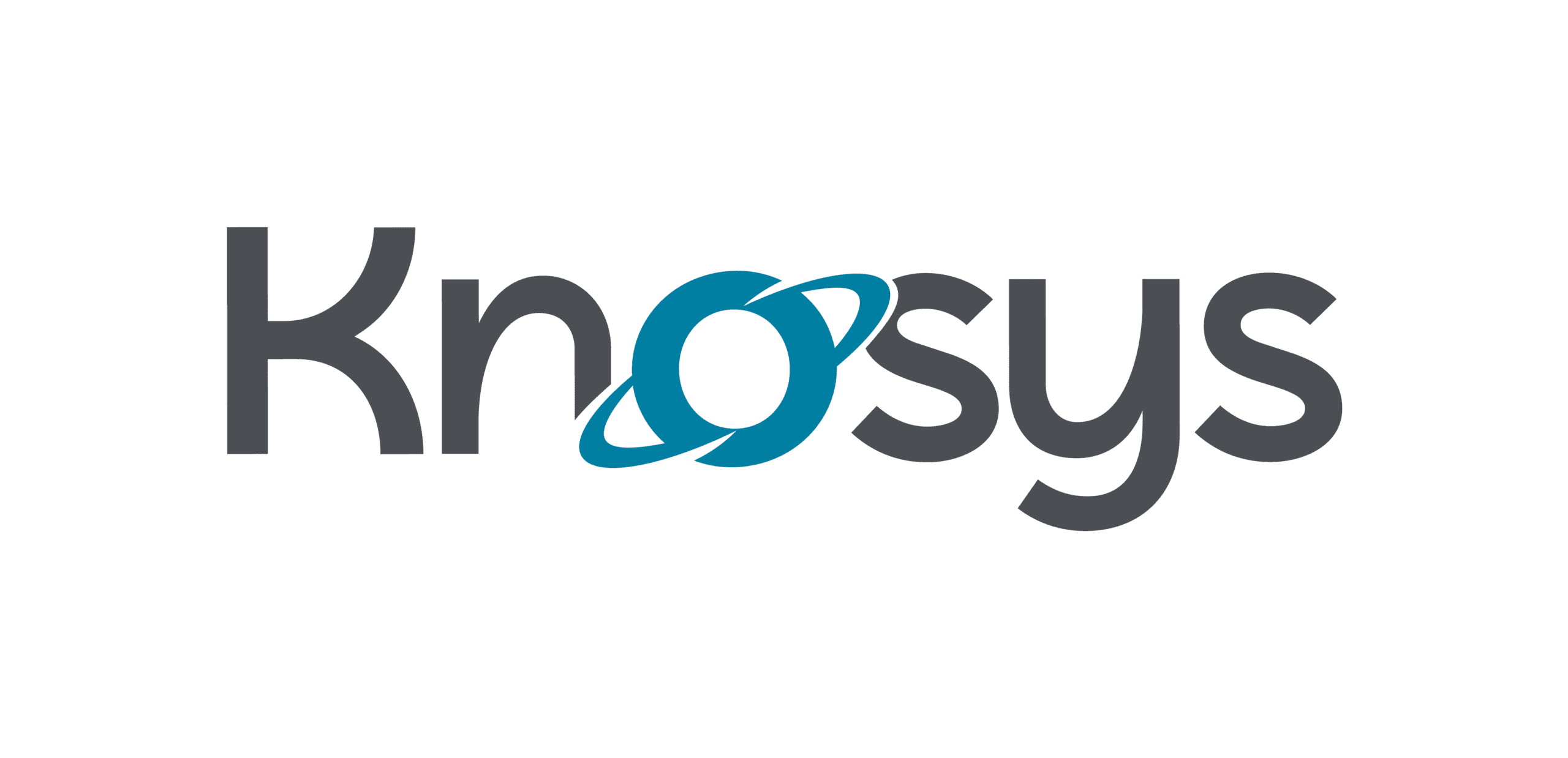At the risk of sounding old…I recall a time before we had the Internet. We had manila folders, sticky labels and cabinet upon cabinet full of files. The photocopier was an active member of the team and was chastised and berated if it couldn’t perform. Invoices were sent by post, sealed and ‘franked’ and stacked into piles for collection.

Before the mobile we had the Teledex – we even knew the important numbers by heart! And before LinkedIn we had business cards and face to face interaction, cold calls and customers who would drive to service centres to speak to someone about their account. There was also an established hierarchical ladder for employees to clamber up, wrung by wrung in order to achieve success.
Hierarchy has not dissipated in most organisations, but it is possible to achieve individual success as well as celebrate team success. Collaborating with colleagues and participating in a ‘future’ workplace, where the playing field is levelled by an omnichannel platform providing a single source of truth, engages team members in ways that were once impossible.
Not only are skilled employees empowered to succeed and be rewarded for their efforts, but the benefits are experienced even more prominently but the customer. It’s time to be a customer centric girl (or boy) in a customer centric world.
Reliance on the digital web
Not only has the Internet been a fully-fledged member of economics for multiple decades, but it’s changed dramatically from a place where all information could be shared, created, and broadcast. The Internet has meant that more information is available instantly than ever before: more people can create than ever before, more people can reach us than ever before and more people want instant results than ever before. As customers, we expect issues, queries, sign-ups and disputes to be dealt with on the spot. We expect our information to be accessible to the person dealing with our transaction, so we don’t have to wait, explain again, and be filtered through until we get to someone with an answer.
We’ve come to expect better service because we know that technology is available to make it happen. We know if we’re not getting what we paid for, it’s because someone in the chain isn’t doing their job, or quite simply doesn’t care enough to invest in our experience. Perhaps they really don’t know how to help – but that’s got to be someone’s job right?
How much information is too much information?
Information overload can be completely overwhelming for anyone. And how do we find the truth when finding the right answer becomes a game of chance? If you’re working in a contact centre that game of chance is also being played against the clock – it’s not just the customers experience that suffers when answers can’t be found – it’s the human on the call. The one trying their hardest often takes the brunt of the fallout from poorly structured systems.

The concept of ‘big data’ exploded over a decade ago – the phenomenon of data sets so big that a new technology was required to analyse it, so we could understand what was relevant and true. It’s now a given that any data we have must be in some way scrutinised for its relevance, context, compliance, accuracy or whatever analytical constraints we wish to adopt and understand.
And so emerged the multitude of digital channels for reporting various data sets, platforms for creating content, recording and inputting data and of course, optimising it.
The problem with multiple systems for understanding data sets and storing results, is that when it comes to using the findings, it’s difficult to locate which is the most accurate, where it’s stored, what piece of content relates to it and where do we find that? How do we translate this to our customers and are we storing and sharing it in accordance with data protection? Are we doing this right? Are we breaking the law?
How do we simplify vast knowledge frameworks?
What is the point of all this awesome content and detailed information if we can’t find what’s relevant to us, when we need it?
Now that there are lots of places to store information and a huge variation of formats for creating and analysing information – how do we make sure we can pull the right information, exactly when we need it, to pass it on to a customer who needs it? How do we know which procedure is the most up to date to complete a process?
And that brings us to the current state of play – the ‘single source of truth’ environment.
It’s simply ineffective and unproductive to be constantly updating systems, training and re-training staff, searching various repositories for information and trying to find the person within your organisation, who is the expert on a specific topic, that only they have valuable insights on.
Taking all that information and putting it within a system that can be used to extract the pieces of information that matter and using machine learning to help your people deliver results faster is where knowledge management takes the lead. Knowing who has access to your must important information and who can perform within your teams to take it beyond service to an experience is all part of effective knowledge management.
It sounds like a lot, where do I even start?
If you’re part of a business that deals with lots of data, and one that really can’t take chances when it comes to your customers, you need a single source of truth. SSOT is fast becoming this year’s ‘buzz’ acronym and the reason is when it comes to channels, we’re more spoiled for choice than ever before – but like hunting for a takeaway from your new delivery app – when you’re hungry, you just want to know what’s good, and get it NOW.
To make sure your customer gets that satisfied feeling, you need the power of knowledge to be at the heart of everything. That’s why a single source of truth is really a more emotive way of saying – ‘have you got a knowledge management system that’s built for future workplaces?’
It means that all your company knowledge is in one place. You can control it and use it as intended without having to navigate multiple sources to get what you need. You also know that everything you’re using to deliver your service is the most up to date version, it’s been fact-checked, it’s been signed off – all the things that you need to be sure of to be confident using the information to provide services for clients.
What changes and what are the outcomes?
Knosys’ KIQ Cloud solution is just that: it’s knowledge management brought to the cloud for the most effective, affordable and controllable solution that enables collaboration on many levels and is an effective way to provide consistent, authoritative information that also allows for a much for measurable method of accountability.
The features we’ve developed are in response to what our clients have struggled with over years of servicing customers, collecting data, training teams and creating content that is heavily relied upon to deliver results. Our team of experienced developers utilise AI in a powerful way to make day to day activities simpler. When it’s easy for your teams to find everything, they need to service any call or customer they encounter – confidence and job satisfaction soar. This is all part of building long-term, loyal staff and customers who trust they are in the right place.
Because it is all about trust. Do you trust in your knowledge management? Do your employees trust they can find what they need to not only do their jobs, but to excel in helping improve the customers experience with your brand, product or service? And do your customers trust that they’ll get a resolution every time they contact you?
When you have a single source of truth – you can spread that trust throughout your organisation. It’s the new enterprise currency, so invest today.
Talk to a team member about KIQ Cloud
{{cta(‘6aedfa2e-c8a2-4d65-85c8-7b903b45f526′)}}
Watch our video on omnichannel customer engagement:
{% video_player “embed_player” overrideable=False, type=’scriptV4′, hide_playlist=True, viral_sharing=False, embed_button=False, width=’1920′, height=’1080′, player_id=’10416472144’, style=” %}
